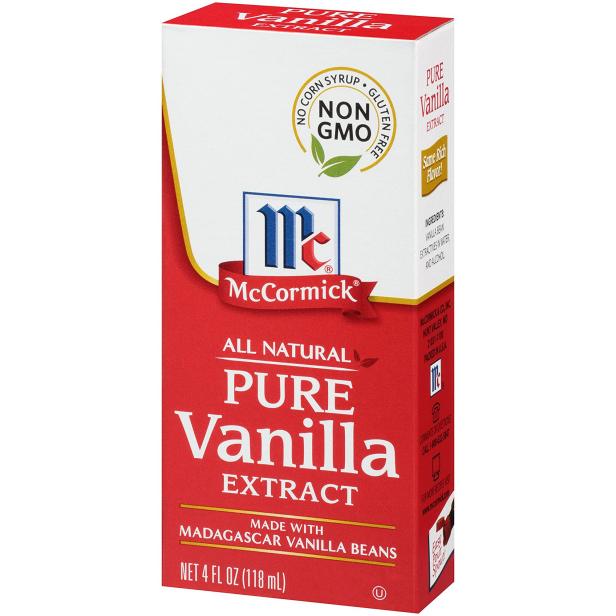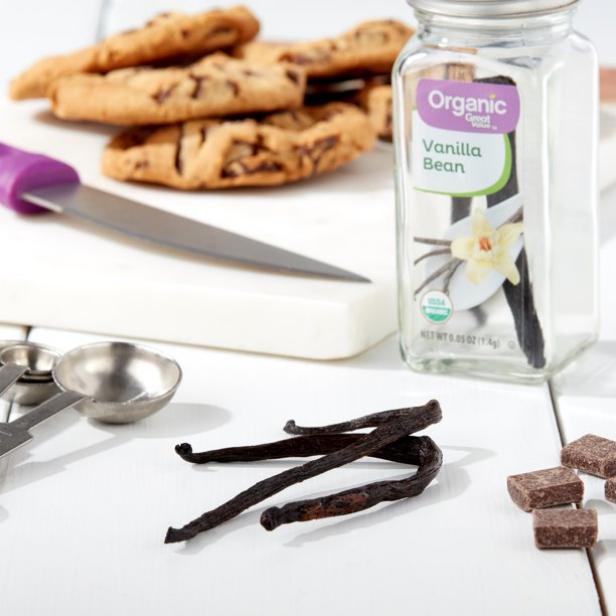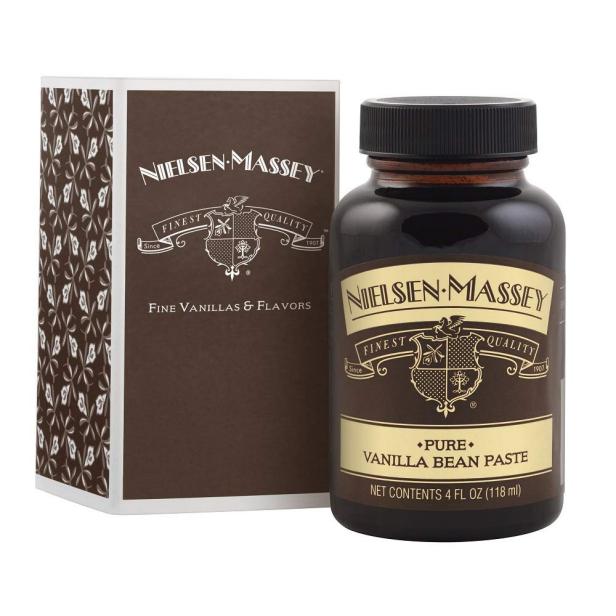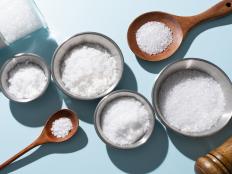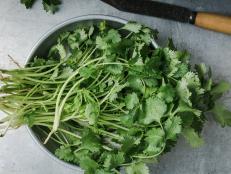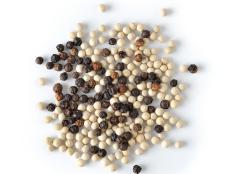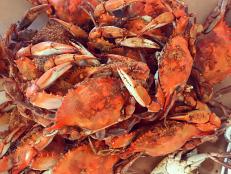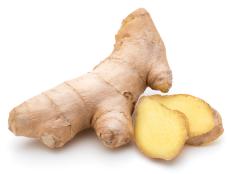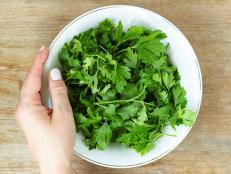What's the Difference Between Vanilla Extract, Vanilla Beans and Vanilla Paste?
We’ve got the intel on how to use all your favorite vanilla flavorings!


Diana Miller/Getty Images
Vanilla is an essential pantry ingredient and an important part of almost every baker’s arsenal. Its intense, rich flavor enhances so many baking recipes and it’s pretty hard to replicate with any other product. But these days in most supermarkets, there’s a wide variety of vanilla flavorings available, including fresh vanilla beans, pure vanilla extract and vanilla bean paste. What’s the difference, and how should you use each one? Here's everything you need to know before incorporating them in your baking adventures.
Vanilla Extract
Vanilla extract is largely the most popular vanilla flavoring because it’s easy to find and relatively affordable. It’s made by steeping vanilla beans in vodka (or sometimes other liqueurs) until the liquid is well-perfumed. You can even make your own vanilla extract at home by following this Ina Garten recipe. When buying vanilla extract, be sure to purchase a “pure” or real product rather than imitation, as it’s not as strong in flavor and wont perfume your baked goods as nicely.
How to Use: Add 1 to a few teaspoons of vanilla extract to your favorite sweet batters and custards before baking. While vanilla extract works in almost every recipe, it’s most ideal for cakes, brownies and cookies.
Vanilla Beans
While they are the priciest option, vanilla beans are really the best choice for flavoring because you’re utilizing the natural product. Fresh vanilla pods are harvested, then taken through a process of drying and conditioning, to create the vanilla beans available in supermarkets today. Vanilla beans consist of a long, brown and waxy pod with lots of small, flavorful specks inside. The pods should be plump, soft and never dry. They should also have a strong vanilla aroma.
How to Use: To use the entire vanilla bean, cut the pod in half lengthwise, then use the back of a knife to scrape out the thousands of brown flecks inside. Add these to your favorite batter or steep the seeds and whole pod in a liquid to infuse it with even more vanilla flavor. Vanilla beans are perfect for puddings and custards — you can actually see the vanilla specks while eating both desserts!
Vanilla Bean Paste
Vanilla bean paste is a jarred product that can be found in the baking aisle of most grocery stores. It’s made from all the scraped-out specks found in vanilla bean pods. Vanilla bean paste is thicker and more gelatinous than vanilla extract, but it can be used almost interchangeably. It’s a great product because you get the specks that vanilla beans provide, but it’s easy to scoop out of the jar and it’s also more affordable than the beans themselves. The overall flavor in vanilla bean paste is slightly less intense than whole vanilla beans (because it spends time on the shelf), but it still packs a powerful punch.
How to Use: Like vanilla extract, add 1 to a few teaspoons of vanilla bean paste to your favorite baked goods and pastry recipes. This vanilla flavoring is great for ice cream, sweet glazes and frosting.
A Note About Conversion
If you need to swap one vanilla flavoring for another, we’ve found that 1/2 vanilla bean is the same as 1 teaspoon pure vanilla extract or 1 teaspoon vanilla bean paste.
Other Vanilla Flavoring Products
Besides these three ingredients, you’ve probably seen other vanilla products on your supermarket shelves. Vanilla sugar, vanilla syrup, as well as vanilla powder, are all made to add an extra layer of vanilla to your favorite recipes. While these ingredients do add vanilla flavor, you’ll get the most bang for your buck if using extract, paste or the whole bean!
Must-Try Vanilla Recipes:
Related Links:
























